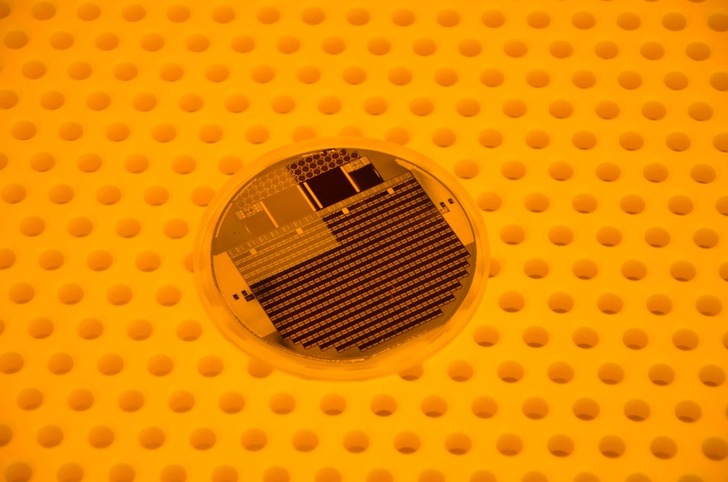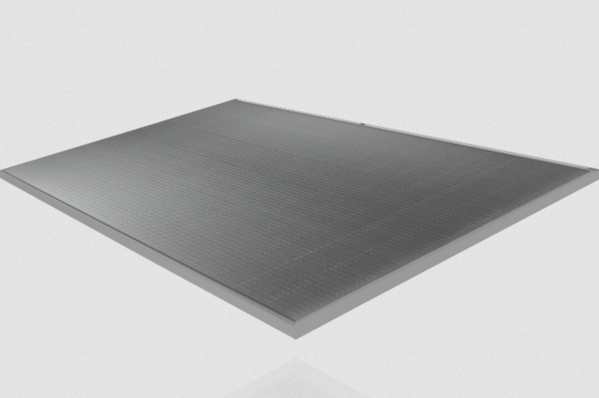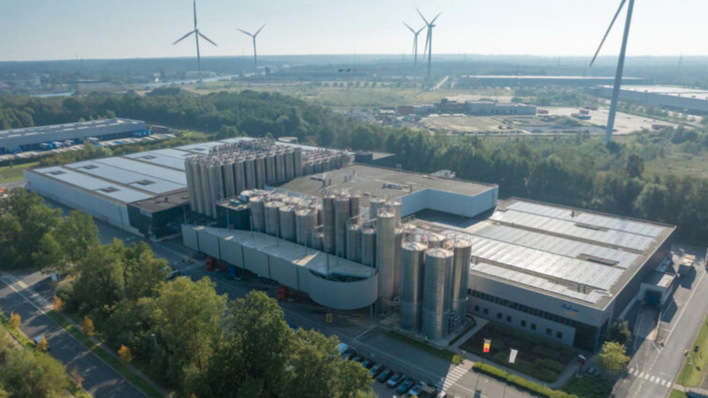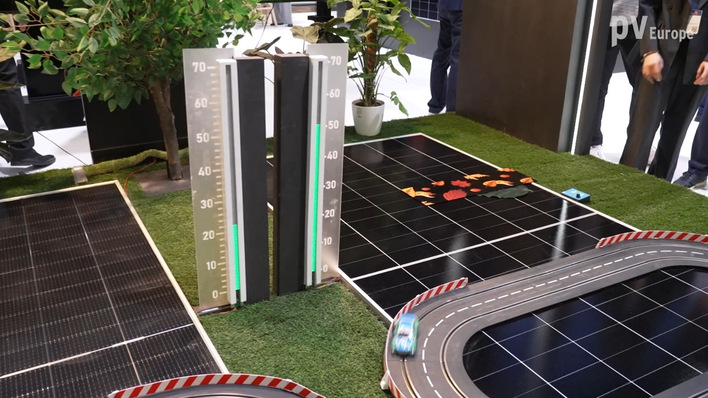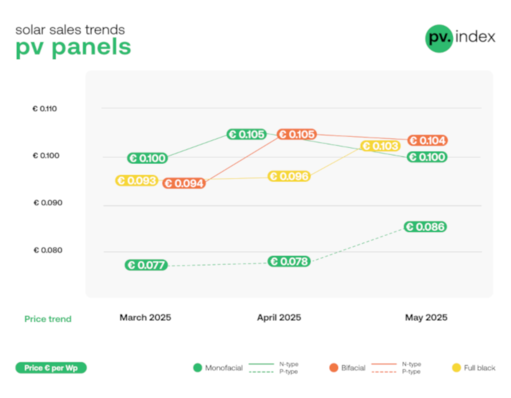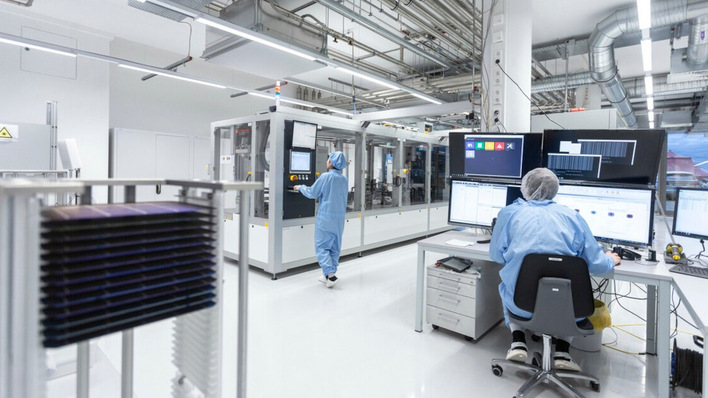For the last two years, Fraunhofer ISE has been working on an ambitious project called 50 Per Cent. The aim of the project, which is funded by the German Federal Ministry for Economic Affairs and Climate Action BMWK, is to develop a solar cell with 50 per cent efficiency for the first time. To achieve this, each individual layer of the complex multi-junction solar cell undergoes further optimization. Improvements in the process technology are incorporated for metal contacts and antireflection layers. Now the project team has achieved a first breakthrough: Their latest solar cell under concentrated sunlight achieves an efficiency of 47.6 per cent.
The layer structure of the new solar cell was developed back in 2016 together with the French company Soitec Inc., that designs and manufactures innovative semiconductor materials. The upper tandem solar cell is made of gallium indium phosphide (GaInP) and aluminum gallium arsenide (AlGaAs), which was bonded by Soitec onto a lower tandem solar cell made of gallium indium arsenide phosphide (GaInAsP) and gallium indium arsenide (GaInAs).
Fewer losses from resistance and reflection
Now an improved contact layer and a 4-layer antireflection coating were applied to the tandem cell structure in Fraunhofer ISE’s Center for High Efficiency Solar Cells. These measures reduce the resistance losses and the reflection on the front side of the cell, which is spectrally sensitive within a broad range of 300 and 1780 nanometers. Conventional solar cells made of silicon absorb sunlight only up to a wavelength of 1200 nanometers and thus do not require such a broadband antireflection coating.
See also: Fraunhofer ISE shows flexible solar cells without busbars
Multi-junction solar cells made of III-V compound semiconductors have always been among the most efficient solar cells in the world. They reach their highest potential when the incoming sunlight is concentrated by lenses onto miniature solar cell devices of just a few square millimeters in size. "Possible applications of such highly efficient tandem solar cells include concentrator photovoltaic systems, which contribute to efficient power generation in sun-rich countries,” says Professor Stefan Glunz, division director of Photovoltaics Research at Fraunhofer ISE. "With tandem photovoltaics, it is possible to leave the limitations of single-junction solar cells behind and ultimately achieve a reduction in solar power costs." (mfo)


